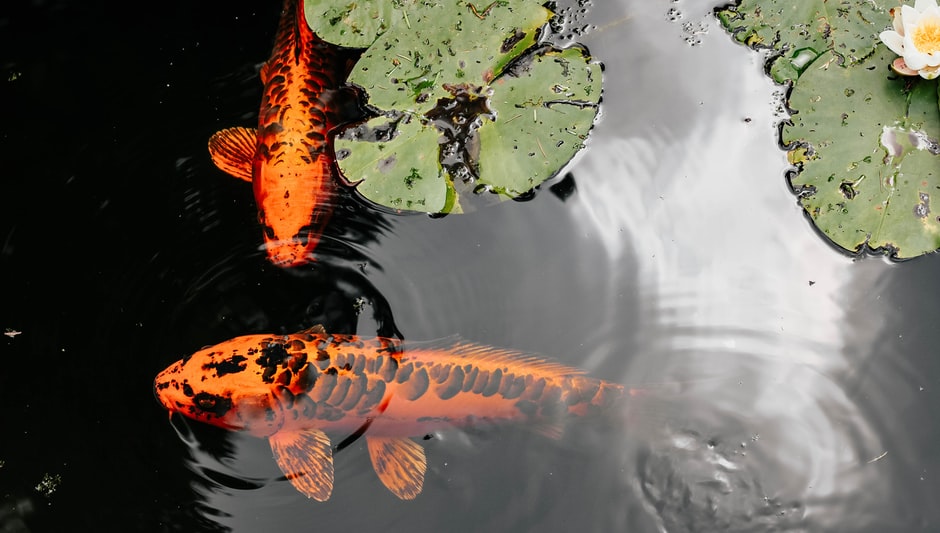It is recommended to allow female guppies to breed with the father, but never male guppies to breed with the mother. In the first case, good results are produced, while in the second case, the chance of results opposite to what is desired is very high.
It is also recommended that the guppy be kept in a well-ventilated area, and that it be fed a high-quality diet. The diet should be high in protein and low in fat. It should also be supplemented with vitamins and minerals, such as calcium, phosphorus, iron, zinc and selenium.
Table of Contents
Does inbreeding affect fish?
In breeding studies with fish, it has been shown that inbreeding decreased production phenotypes such as growth rate, fecundity, and survival, while increasing the number of deleterious mutations.
What happens if my guppies inbreed?
Inbreeding effects on resistance were tested using the Gyrodactylus-guppy model. Inbred individuals had higher parasite intensity compared to outbred fish. The most inbred individuals had a harder time clearing the infection. The extinction risk of inbred populations may be increased by parasites.
How do you prevent inbreeding guppies?
Variety is the spice of life, so if your population has been breeding in isolation for a few generations, it’s time to mix things up. Introduce new genetics into your population or swap fish with your existing stock after a successful Quarantine period. If you’re not sure, you can check to see if any of your fish are showing signs of genetic incompatibility.
You can do this by looking at their fins, gills, scales, and eyes. If they’re all the same color, then you know that they’ve all been bred together. On the other hand, if they all have different colors or scales or eyes, that’s a good sign that you’ve got a mixed-breed fish.
Can you breed guppy siblings?
Breeding between related individuals can result in harmful versions of genes being expressed, with previous guppy studies finding inbred offspring had lower survival rates, higher rates of disease, and lower reproductive success. “This is the first study to show that inbreeding can lead to deleterious genetic effects,” said study co-author and University of California, Davis, professor of ecology and evolutionary biology, Dr. Richard Wrangham, in a press release.
“Our results suggest that it is important to be aware of the potential consequences of genetic drift and to take steps to reduce the risk of such effects in future breeding programs.” The study, published in the journal Science Advances, was conducted by researchers from the UC Davis Department of Ecology and Evolutionary Biology, the National Center for Ecological Analysis and Synthesis (NCEAS), and the U.S. Geological Survey.
How do you crossbreed guppy?
For three generations, it would take about 12 months before your first cross, because pups are typically four months old before they can be bred. The more lines you run, the more diversified your genes will be. If you have a male guppie, you will know it’s male by the fact that it has a tail, and if it doesn’t have one, it is probably female.
If it does have two tails, then it will probably be male. You can check this by looking at the underside of the tail. The tail will usually be longer than the body, but it can also be shorter or shorter depending on the species. Males will have longer tails than females and vice versa.
It is also possible to tell the sex of a female from the colour of her underbelly, which is usually a lighter shade of pink than her body. This is because females have more melanin in their skin than males, making them more attractive to the opposite sex. However, this is not always the case.
Does fish do incest?
According to a new study, female guppies can recognize kin but avoid incest if they are in close proximity to each other.
The study, published in the journal PLOS ONE, found that guppy kin are able to recognize their own kin, but not other kin of the same species.
The findings suggest that the ability to distinguish between kin may be a key to understanding the evolution of social behavior in social animals, the researchers said.
